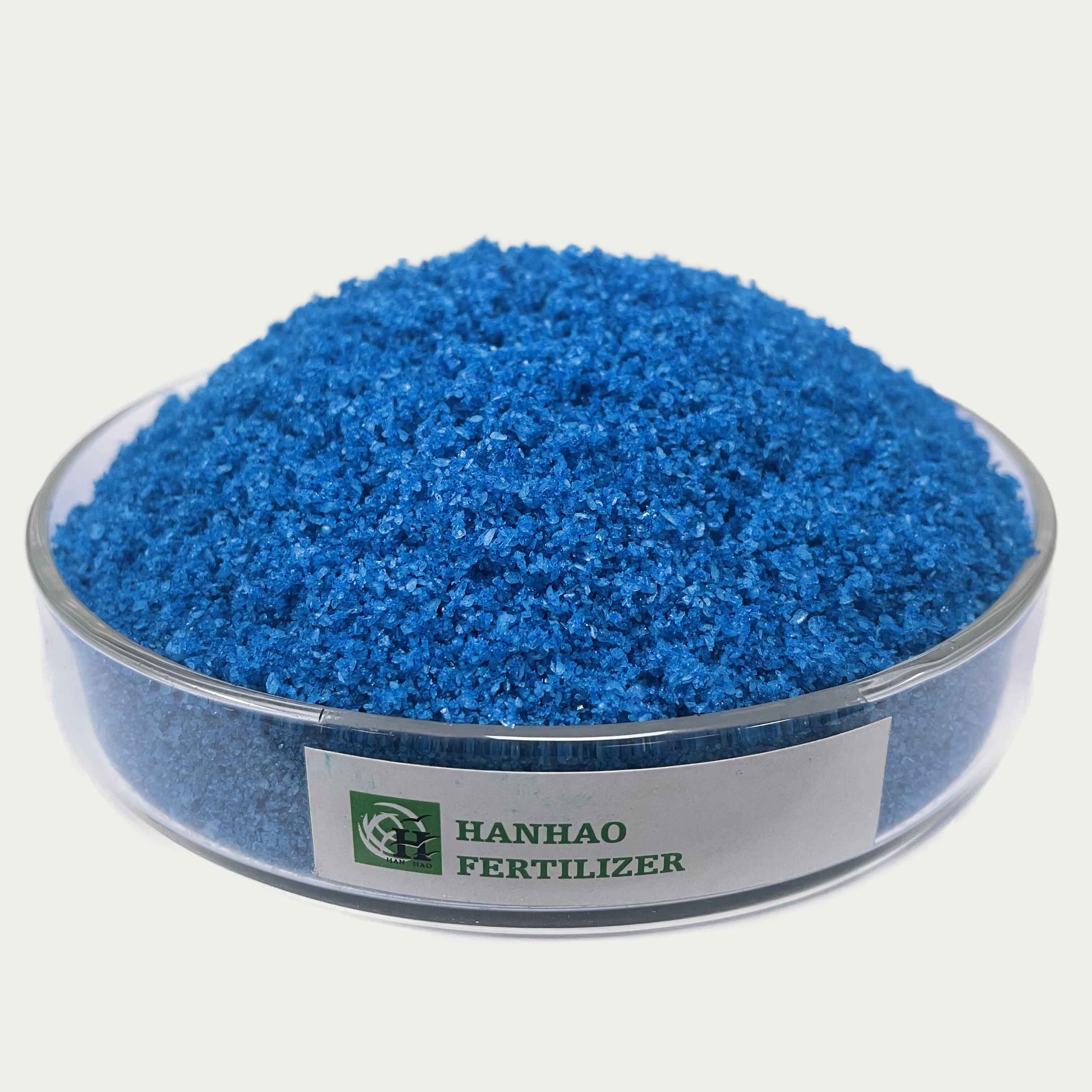
12월 . 27, 2024 18:44 Back to list
46-0-0 urea fertilizer factory
Exploring the Production and Applications of 46-0-0 Urea Fertilizer
Urea fertilizer, specifically at a concentration of 46-0-0, is one of the most widely used nitrogenous fertilizers in agriculture. Its high nitrogen content, which accounts for 46% of its formulation, makes it an invaluable resource for promoting plant growth and enhancing crop yields. This article explores the production process of 46-0-0 urea fertilizer, its applications in agriculture, and its impact on sustainable farming practices.
Production Process of 46-0-0 Urea Fertilizer
The production of urea typically involves a two-step process the synthesis of ammonia followed by its reaction with carbon dioxide to form urea. The primary raw materials for urea production are natural gas (as a source of hydrogen), air (for nitrogen), and water. The first stage involves the Haber-Bosch process, where nitrogen from the air is combined with hydrogen derived from natural gas at high temperatures and pressures to produce ammonia (NH3).
Following ammonia production, the next step in the process is to combine ammonia with carbon dioxide. In a high-pressure reactor, ammonia reacts with carbon dioxide to form ammonium carbamate, which is then dehydrated to produce urea. The reaction is as follows
\[ 2 NH_3 + CO_2 \rightarrow (NH_2)_2CO + H_2O \]
Once synthesized, urea can be granulated and coated to improve its handling and application characteristics. The final product, 46-0-0 urea fertilizer, is then shipped out for agricultural use.
Applications in Agriculture
46-0-0 urea fertilizer factory

Urea fertilizer is essential in agriculture for a number of reasons. Its high nitrogen content makes it particularly effective in promoting vegetative growth in plants. Nitrogen is a critical nutrient that plays a key role in the synthesis of amino acids, which are the building blocks of proteins. As such, adequate nitrogen levels are vital for crop health and productivity.
Farmers often apply 46-0-0 urea during the planting season or as a top dressing to boost nitrogen content in the soil. Due to its solubility in water, urea can be easily applied through both broadcast and fertigation methods, allowing for efficient nutrient uptake by plants. Additionally, it can be used in the cultivation of a wide variety of crops, including grains, fruits, and vegetables.
Moreover, the efficiency of nitrogen use can be significantly enhanced through the application of urea inhibitors, which help to slow down the conversion of urea to ammonium and nitrate forms, thus minimizing nitrogen losses due to volatilization and leaching. This makes urea a preferred choice for modern fertilizer blends aimed at promoting sustainable agriculture.
Environmental Considerations
While urea is an effective fertilizer, its use also brings certain environmental challenges. The over-application of nitrogenous fertilizers can lead to nutrient runoff, which contributes to water pollution and the phenomenon known as eutrophication. This process can harm aquatic ecosystems, leading to algal blooms and the depletion of oxygen in water bodies.
To mitigate these environmental impacts, farmers are encouraged to adopt best management practices (BMPs), such as precise application rates, timing, and methods to optimize nitrogen use efficiency. Implementing technologies like soil testing and precision agriculture can further help in reducing the overuse of fertilizers and protecting natural resources.
Conclusion
In summary, 46-0-0 urea fertilizer stands out as an essential component of modern agriculture, providing crucial nitrogen to enhance plant growth and crop yields. The production of urea through ammonia synthesis followed by carbon dioxide reaction demonstrates a sophisticated chemical process that underpins its availability. However, it is imperative that farmers handle urea responsibly, considering environmental implications and adopting sustainable practices. By doing so, they can harness the benefits of urea fertilizer while preserving the health of ecosystems and ensuring the sustainability of agricultural practices for future generations.
-
10 10 10 Fertilizer Organic—Balanced NPK for All Plants
NewsJul.30,2025
-
Premium 10 10 10 Fertilizer Organic for Balanced Plant Growth
NewsJul.29,2025
-
Premium 10 10 10 Fertilizer Organic for Balanced Plant Growth
NewsJul.29,2025
-
Premium 10 10 10 Fertilizer Organic for Balanced Plant Growth
NewsJul.29,2025
-
50 Pound Bags of 13-13-13 Fertilizer for All Plants – Bulk & Organic Options
NewsJul.28,2025
-
High-Efficiency 15-30-15 Granular Fertilizer for Healthy Crops
NewsJul.28,2025
